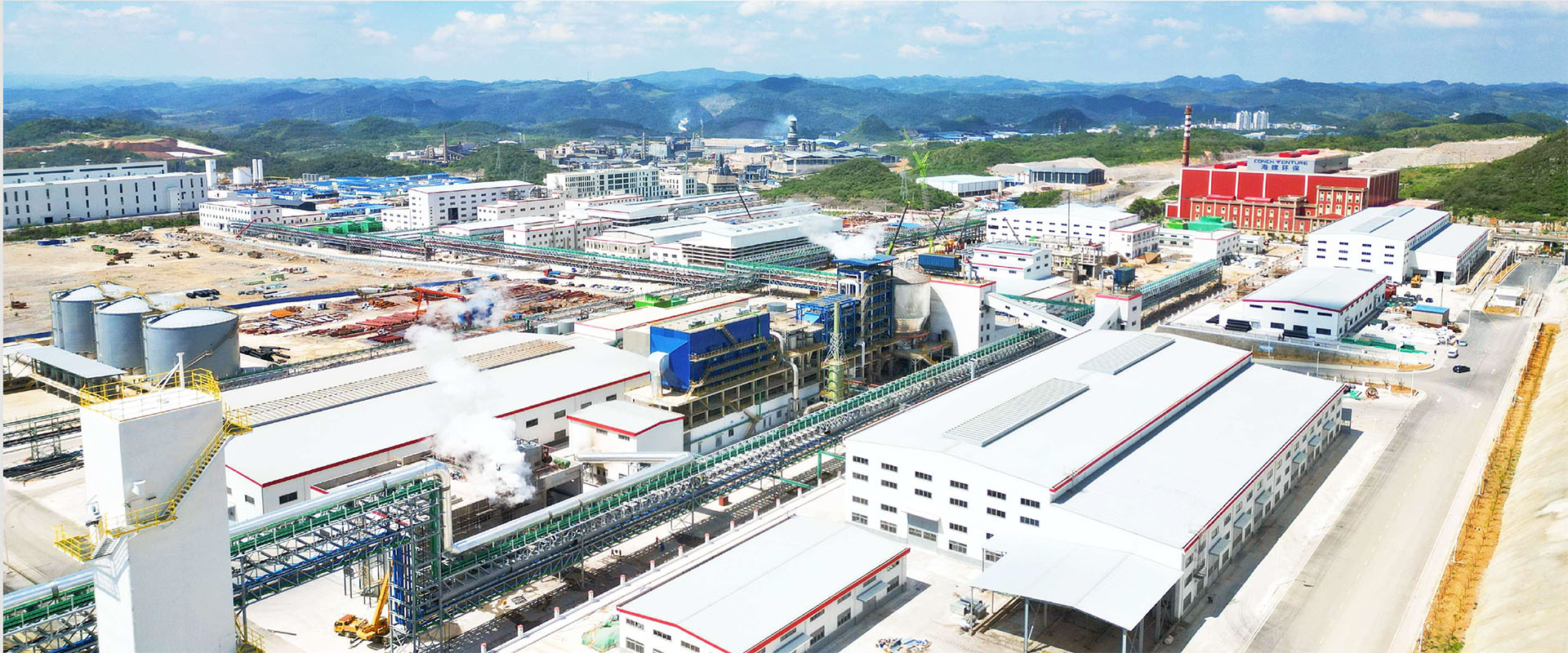
As an important structural form widely used in construction, bridges, industrial facilities, and other fields, the performance and quality of steel structures depend largely on their base materials. Steel, as the core base material of steel structures, has a series of issues that require in-depth exploration and resolution.
The chemical composition of steel has a critical impact on its performance. However, in actual production processes, due to variations in raw material sources and fluctuations in production technology, the chemical composition of steel may exhibit a certain degree of instability. For example, minor changes in carbon content can affect the strength and toughness of steel; deviations in the content of alloying elements may alter its corrosion resistance and weldability. Such fluctuations in chemical composition introduce uncertainties into the design and construction of steel structures, increasing the difficulty of quality control.
Steel inevitably contains certain impurities, such as sulfur and phosphorus. Excessively high levels of these impurities can significantly reduce the quality and performance of steel. Sulfur causes hot brittleness in steel at high temperatures, impairing its workability and weldability; phosphorus makes steel brittle at low temperatures, affecting its toughness and impact resistance. Therefore, strictly controlling impurity content in steel is a crucial step in ensuring the quality of steel structures.
Steel structures require sufficient strength to bear loads and good toughness to prevent sudden fracture. However, in some cases, there is a trade-off between the strength and toughness of steel. Increasing strength often leads to reduced toughness, and vice versa. How to maximize toughness while ensuring strength meets design requirements is an important topic in research on steel structure base materials. For example, in special engineering environments such as earthquake-prone areas or low-temperature regions, stricter toughness requirements demand the development of steel with better strength-toughness matching.
Steel structures are often subjected to cyclic loads during long-term use, leading to fatigue damage. The fatigue performance of steel directly affects the service life and safety of steel structures. Additionally, different types of steel structures and service environments have varying requirements for steel fatigue performance, further increasing the complexity of research and application.
Steel is susceptible to corrosion in natural environments, such as atmospheric corrosion and water corrosion. Corrosion reduces the cross-sectional area and strength of steel, thereby impairing the load-bearing capacity and safety of steel structures. Corrosion is particularly severe in humid, coastal, or heavily industrially polluted areas. To prevent corrosion, anti-corrosion measures such as coating protection and cathodic protection are typically adopted. However, the effectiveness of these measures is influenced by factors such as coating quality, construction technology, and environmental conditions, and their maintenance costs are relatively high.
Under specific environmental conditions, steel may undergo stress corrosion cracking while bearing stress. This form of corrosion is sudden and destructive, often causing steel structures to fracture without obvious warning. The mechanism of stress corrosion cracking is complex, closely related to the chemical composition, microstructure, stress state of steel, and environmental factors. Currently, there are still difficulties in preventing and controlling stress corrosion cracking, requiring further in-depth research into its occurrence mechanisms and influencing factors to develop effective preventive measures.
Steel requires cutting, welding, and other processing operations during the fabrication of steel structures. However, different types of steel exhibit variations in cutting and welding performance. Some steels may be prone to defects such as cracks and pores during welding, affecting the quality and strength of welded joints. Additionally, the cutting precision and surface quality of steel impact the fabrication accuracy and appearance quality of steel structures. Therefore, when selecting steel, full consideration must be given to its cutting and welding performance, and processing technologies should be optimized to ensure fabrication quality.
During the installation and use of steel structures, cold working such as bending and stamping is sometimes required. The cold working performance of steel directly affects its deformability and forming quality during cold processing. Poor cold working performance may lead to issues such as cracking and uneven deformation. Therefore, for steel structure components requiring cold working, steel with good cold working performance should be selected, and cold processing parameters should be reasonably controlled.
The issues related to the base materials of steel structures cover multiple aspects, including the stability of steel quality, mechanical properties, corrosion resistance, and workability. These issues are interrelated and collectively affect the quality, performance, and service life of steel structures. Addressing these issues requires joint efforts from steel manufacturers, steel structure design and construction units, and research institutions. Through measures such as optimizing production processes, strengthening quality control, developing new materials, and improving processing technologies, the quality and performance of steel structure base materials can be gradually enhanced, providing a solid foundation for the healthy development of the steel structure industry. Meanwhile, continuous research and exploration into base material issues are necessary to meet evolving engineering construction needs and increasingly stringent quality and safety requirements.
[[Some images and text in this article are sourced from the internet for reference and exchange purposes only. For copyright issues, please contact us for removal.]]
 备案号:黔ICP备2024041737号-1 贵公网安备 Powered by ChiTong Group Backend login
备案号:黔ICP备2024041737号-1 贵公网安备 Powered by ChiTong Group Backend login
 Official WeChat
Official WeChat
